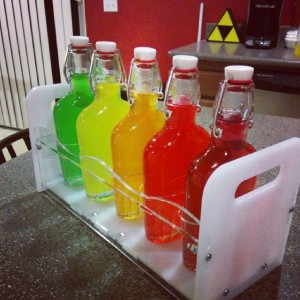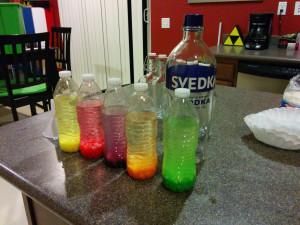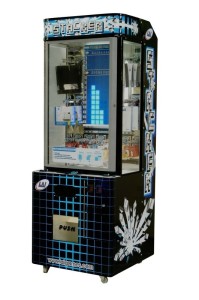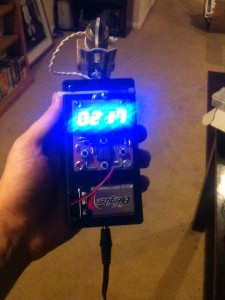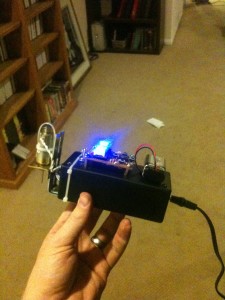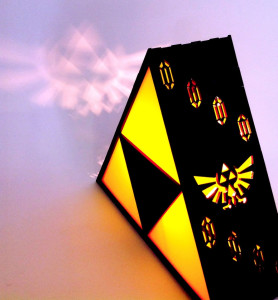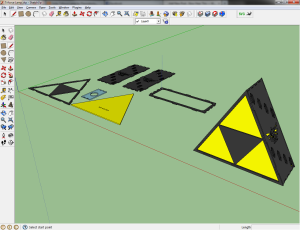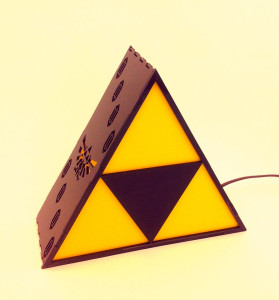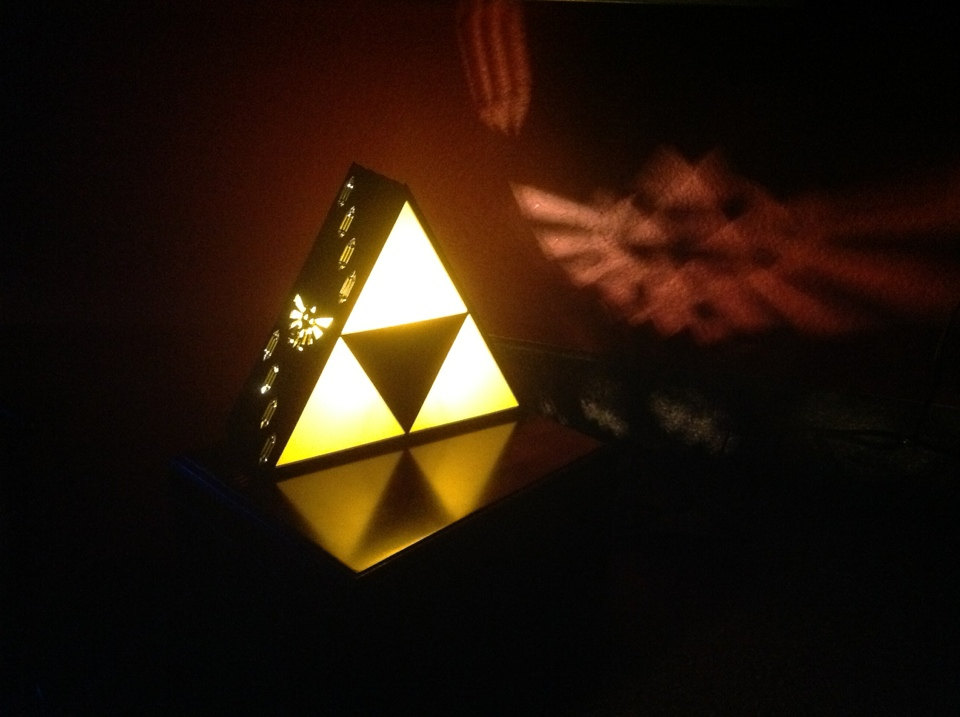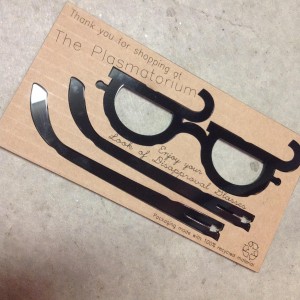Warning: major geeking out about space lies ahead… continue at your own peril.
On one of my previous posts, I said the latest rocket soft landing may have been the most significant leap in space exploration since a robot was sent to another world. After I posted it, I started to second guess that, and decided to create a list of all great achievements of space exploration, so I could try to pick the “most significant leap” out of them.
Well… an hour later, and I found that there was no way I could pick one. So I instead compiled a list of the accomplishments and milestones which I believe to be some of the most important for the history of Mankind VS The Universe 🙂
There are many important events beforehand, but I’m choosing to start my list around The Renaissance, with a man names Galileo Galilei…
1610 – Galileo Galilei, who became very good at polishing glass lenses, created extremely powerful spyglasses for ship captains to use. He got curious one night, and took one of his most powerful models, and looked straight up. Humanity changed forever. He discovered that Jupiter had moons; Uranus had rings, and that our Moon was incredibly full-featured. He also kept going down this path to prove that the Earth actually revolved around the sun – which unfortunately caused the Catholic church to keep him imprisoned until death. But that’s a story for another day. Poor dude.
1687 – One of my personal idols, Sir Isaac Newton, shares his never before heard of genius with the world by publishing the Philosophiæ Naturalis Principia Mathematica. You may know this as ‘he discovered gravity’. This publishing included math for how gravity could be measured and expected. This also included how planets move, mathematically speaking.
1813 – William Moore creates new math that shows how a rocket could work. Now called the “Ideal Rocket Equation”, it basically tells us how a rocket moves, and how much fuel it needs to move itself, even as it is burning up it’s fuel supply.
1898 – H.G. Wells writes War of the Worlds, which inspires a young Robert Goddard to invent a new type of rocket that could hopefully reach other worlds.
1903 – The Wright brothers showed the world that with the right adaptions and planning, we really could ‘swim through the air’.
1916 – Einstein publishes theories of general and special relativity, showing us that your current moving speed makes time run at different rates. A very important concept for future space clocks (and later, GPS)
1927 – Robert Goddard launched the first liquid fueled rocket. Liquid is MUCH better at providing power compared to the clunky and unreliable solid fuel rockets.
1957 – Sputnik 1 was the first thing we sent into an orbit around Earth.
1961 – Vostok 1 sent Yuri Gagarin to SPAAACCCEEE! Yuri will always be remembered as the first human to reach space.
1966 – Luna 9 was the first spacecraft to land on another planet and survive. It landed on the moon, and sent pictures back to Earth. Talk about blowing people’s minds. First pictures from another world? Yeah.
1969 – Apollo 11 let humans finally set foot on another celestial body. One small step.
1975 – Venera 9 sent us the 1st pics from the surface of another planet, Venus. Previously, Luna 9 sent us the first pics from another “world”, the moon, compared to Venera 9, sending pics specifically from one of our solar system’s other planets, Venus.
1990 – Hubble became the first optical telescope that we put on a satellite and sent to space. This changed astronomy forever. We were now able to actually LOOK at cosmological entities without being restricted by our own sky, which blocks a lot more than you would imagine. Humanity was finally able to open it’s window blinds and peer outside. Even to this day, 26 years later, the Hubble telescope is still making awesome discoveries and taking great measurements of things.
1997 – Pathfinder is the 1st remotely controlled robot on another planet, Mars. Consequently, that made Mars the only other planet in our solar system which is inhabited solely by robots 🙂
1998 – International Space Station! The space-faring nations of the world joined forces to create Humanity’s front porch to the universe.
2001 – Shoemaker was our first contact/landing on an asteroid. Meeting up with, and then touching a small rock flying through space is an incredibly difficult thing to do. Also, the spacecraft had always planned on going out with style. It simply rammed as hard as it could into the asteroid, sending back as much data as possible before exploding into a cloud of parts.
2014 – Rosetta probe tries to one-up Shoemaker, and it does. Rosetta successfully (well, kinda) meets up with the comet Churyumov–Gerasimenko and LANDS on it! Comets are much more difficult to land on, because they are made up of dust and ice, whereas an asteroid is made up of metals and rocks. Basically, Rosetta HARPOONED this asteroid while flying at 24,600 MPH, and winched itself down onto the surface, all while jets of heated gas are spewing up like volcanoes around it, tumbling around chaotically through space. IS THAT NOT THE MOST METAL SPACE TASK EVER???
2015 – Falcon rocket successfully lands itself, paving the way for completely reusable rocketry.
So there you have it! That is my list of the most significant achievements, milestones, and leaps for space exploration.
Also, after typing and doing the research on the details, I think I have actually decided what I think should be the single most important advance for humanity: The success of the Hubble telescope. I touched on it earlier, but the sheer amount of discoveries that Hubble has made can’t be matched by anything else out there right now.
They are currently creating a few new telescopes to replace Hubble (it’s showing it’s age now), but just as an example of how useful Hubble really is, on December 14th, it helped solve a mystery of unexpected missing water on other planets.
Maybe not the most exciting news, but what other piece of equipment is still going to be making scientific breakthroughs roughly once a month for 26 years?
#teamHubble
Check out all the latest crazy images that the telescope takes, and ready about the latest discoveries it has helped solve here:
http://hubblesite.org/newscenter/archive/

